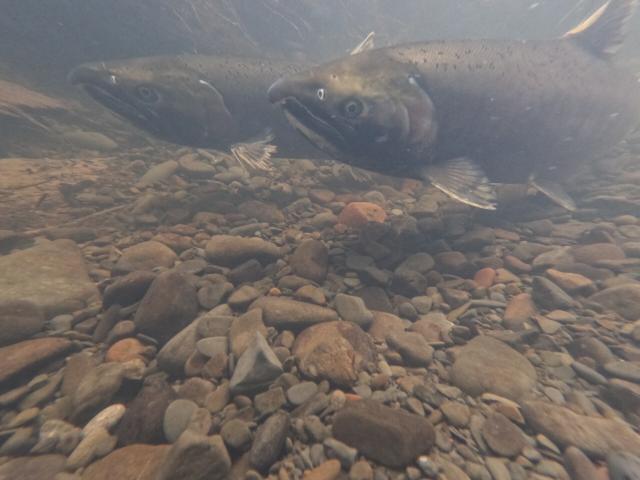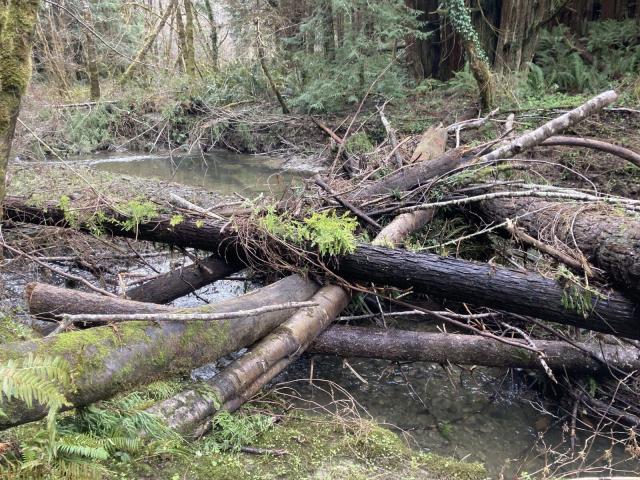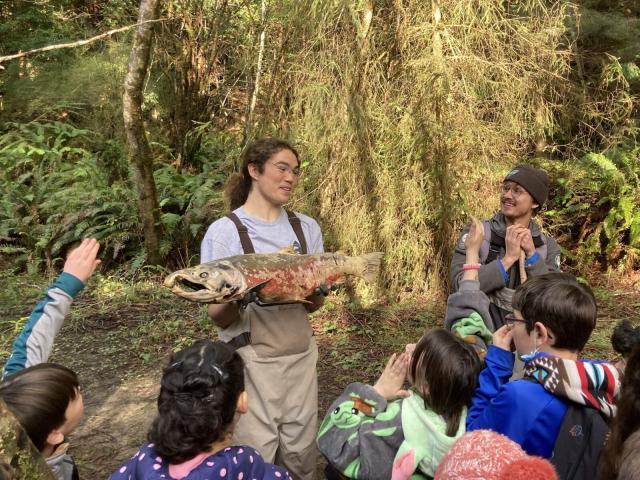Related Stories
- Nine years of partnership pays off: Fitzhugh Creek Meadow restoration achieves dramatic results
- Stewardship and smiles at Samoa Dunes: BLM California hosts National Public Lands Day event
- Lake Havasu Fisheries Improvement Program is the gift that keeps giving
- Fuel break on BLM-managed land slows wildfire, saves homes in Amador County, California
- Partnership drives ongoing habitat restoration in Muddy Creek watershed



